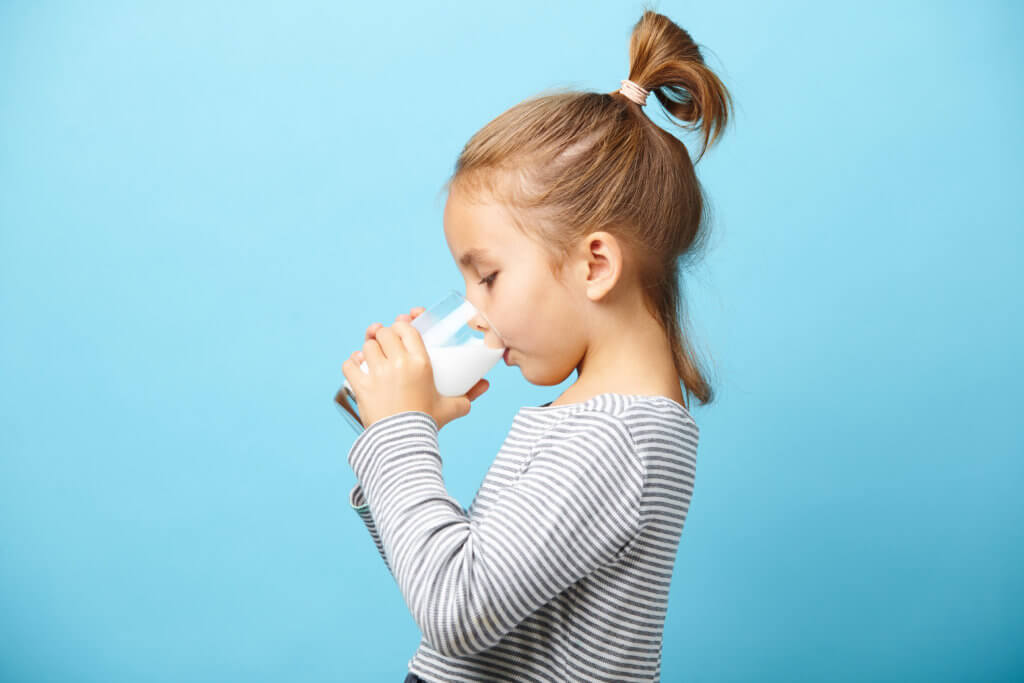Should you avoid dairy products when you’re sick? What about the best treatment for chronic back pain? While plenty of people turn to “Dr. Google” these days, asking a medical professional is still the best way to go. From electric hand dryers to flu shots, StudyFinds is looking at all the commons medical myths out there to see which ones are valid and what the experts have to say about the proper course of treatment.
1. ‘Antibiotics cure sinus infections faster than no antibiotics’
The science: Adults with short duration (less than four weeks) sinus infections (rhinosinusitis) have a stuffy nose and thick, yellow, or green discharge from the nose. People with sinus infections can feel slime in the back of the throat, facial pain, pain when bending forward, and pain in the upper teeth or when chewing. Most sinus infections are caused by viruses. Physicians tend to prescribe antibiotics, however, which should be used to only treat bacterial infections. Taking antibiotics unnecessarily results in antibiotic resistance against bacterial infections.
Marieke B. Lemiengre, at Ghent University in Belgium, and an international research team studied a large percentage of the medical literature on sinusitis.
“The potential benefit of antibiotics to treat acute rhinosinusitis is marginal and choice needs to be in the context of the risk of adverse effects. Considering [avoiding] antibiotic resistance, and the extremely low rate of serious complications with sinusitis, we conclude there is no place for antibiotics for people with uncomplicated acute rhinosinusitis,” Lemiengre’s team states in their analysis.
2. ‘If you have back pain, you need bedrest until it improves’
The science: The Agency for Healthcare Research and Quality’s (AHRQ) Pacific Northwest Evidence-based Practice Center systematically reviewed a large volume of the available data on the treatment of back pain. From this review, the American College of Physicians developed the guideline: Noninvasive Treatments for Acute, Subacute, and Chronic Low Back Pain.
The guideline provides treatment options based on the safety and comparative effectiveness of non-invasive drug and non-drug treatments for acute low back pain of less than four weeks duration, subacute pain of four to 12 weeks, and chronic pain of more than 12 weeks duration.
Recommendation 1:
Given that most patients with acute or subacute low back pain improve over time regardless of treatment, clinicians and patients should select non-pharmacologic treatment with superficial heat, massage, acupuncture, or spinal manipulation. If pharmacologic treatment is desired, clinicians and patients should select non-steroidal anti-inflammatory drugs (NSAIDs, which are drugs in the ibuprofen family) or skeletal muscle relaxants.
Recommendation 2:
For patients with chronic low back pain, clinicians and patients should initially select non-pharmacologic treatment with exercise, multidisciplinary rehabilitation, acupuncture, mindfulness-based stress reduction, tai chi, yoga, motor control exercise, progressive relaxation, electromyography biofeedback, low-level laser therapy, operant therapy, cognitive behavioral therapy, or spinal manipulation.
Nothing within the recommendations advises limiting activity – exercise is even encouraged. According to James Powers, internal medicine physician at Vanderbilt University Medical Center, Nashville, prolonged bed rest makes most kinds of back pain worse.
“The more you don’t use your muscles, the stiffer you will get,” Powers says.

3. ‘Avoid dairy products when you have a cold’
The science: Carol Pinook and a team of researchers from the Department of Community Medicine at the University of Adelaide in Australia studied the widely held belief that “milk produces mucus.”
Study authors exposed 60 volunteers to rhinovirus-2 (a cold virus) and recorded daily respiratory symptoms and milk and dairy product intake over 10 days. In the end, they collected information from 51 participants. Researchers acquired nasal secretion weights by weighing tissues immediately after use. The group consumed zero to 11 glasses of milk per day. In response to an initial questionnaire, 27.5 percent reported reducing their intake of dairy products with a cold or named milk or dairy products as “bad for colds” – 80 percent of those participants stated the reason as “producing more mucus/phlegm.”
Milk and dairy product intake did not increase upper or lower respiratory tract symptoms of congestion or nasal secretion weight. A cough, if present, was looser with increasing milk and dairy product intake. However, this effect was not statistically significant.
Participants who believe “milk makes mucus” or reduce milk intake with colds said they had significantly more cough and congestion symptoms, but they did not produce higher levels of nasal secretions. The scientists concluded that there is no association between dairy product intake and symptoms of mucus production in healthy adults, either asymptomatic or symptomatic, with rhinovirus infection.

4. ‘Air hand dryers are more sanitary than paper towels’
By now, you may have heard that paper towels are more effective than hot air dryers. That’s not quite right. There’s also a new option – room temperature forced air dryers. It seems that if somebody will buy it, somebody will manufacture it.
The science: Kelly R. Reynolds, MSPH, PhD, Mel and Enid Zuckerman College of Public Health research investigator at the University of Arizona Health Sciences and her team of investigators conducted a comprehensive review of studies on hand-drying methods, focusing on health risks and hygiene. Only eight percent (23) of the studies used acceptable scientific methodology. Another problem is that many of the studies received funding from paper towel or hand dryer companies, including Reynold’s project. Many results tended to favor the funder of the study.
The collective data showed that neither hand drying method was more hygienic than the other. The inconclusive results and the lack of data to support health claims, prevent making practice recommendations on hand-drying methods.
Dr. Reynolds stressed that the most important thing to focus on is handwashing technique – using soap, including all the hands’ skin, lathering for 20 to 30 seconds, then drying the hands completely.
“That is the most effective way to prevent cross-contamination, whatever method was used to dry your hands,” she advises in the study.
5. ‘The flu shot can give you the flu’
The science: No, flu vaccines do not cause flu illness. Flu vaccines using a needle (i.e., flu shots) consist of either a single protein from the flu virus or killed viruses. The nasal spray vaccine has live viruses that are weakened so that they will not cause illness.
William Schaffner, an infectious disease specialist at the Vanderbilt University School of Medicine, Nashville, says in a university release that people who claim they got the flu after the shot may have a different type of viral infection. It takes two weeks for the flu shot to become fully effective.


It’s amazing how myths like these persist for long periods of time after being disproven by research, even among healthcare professionals.